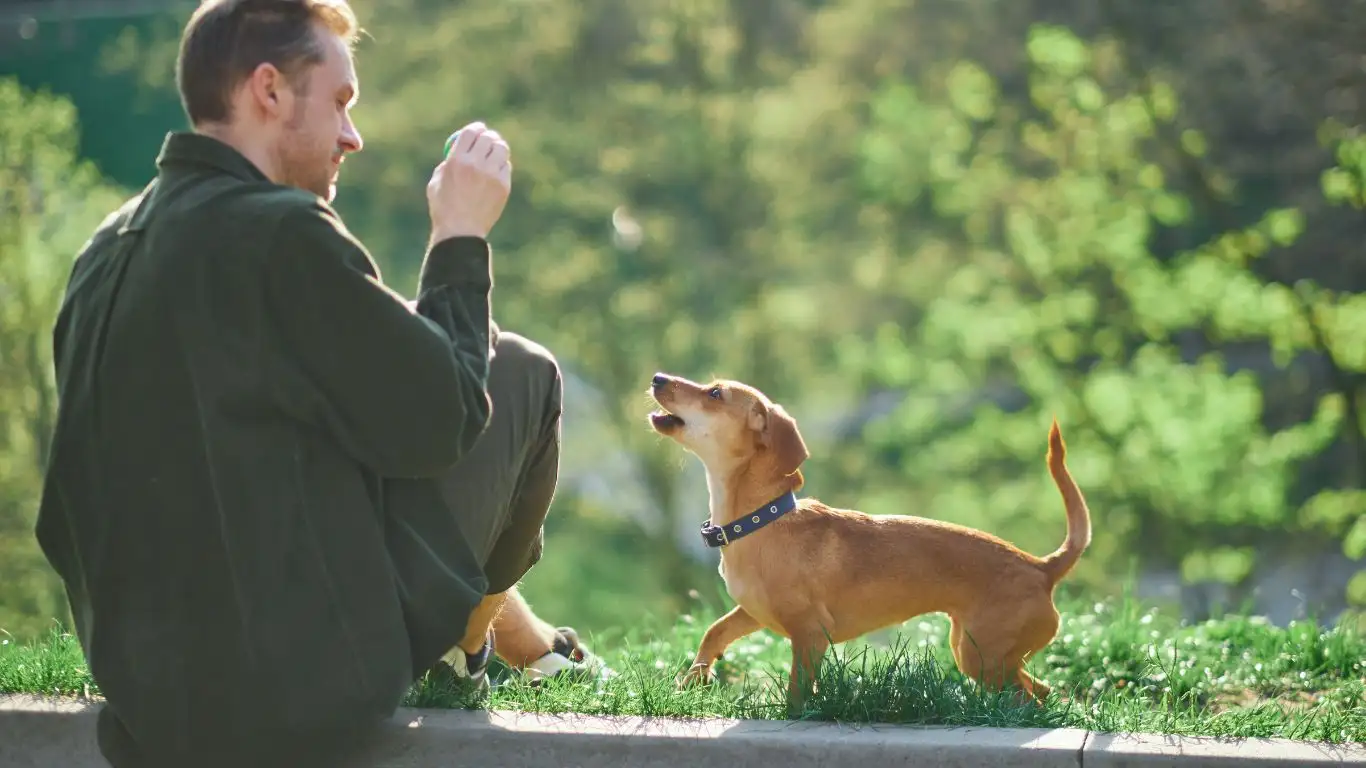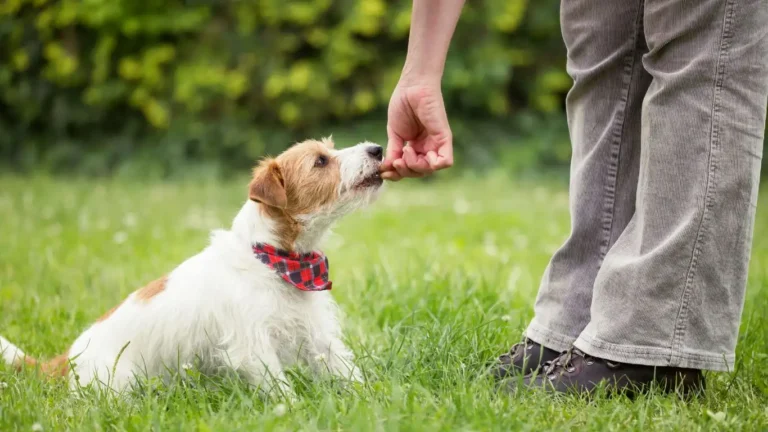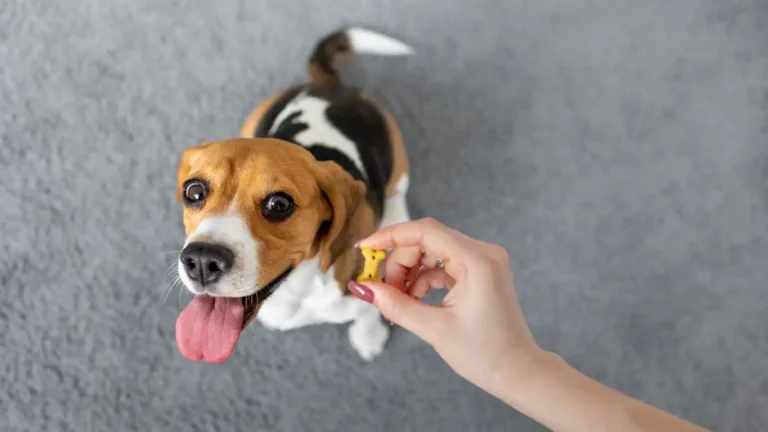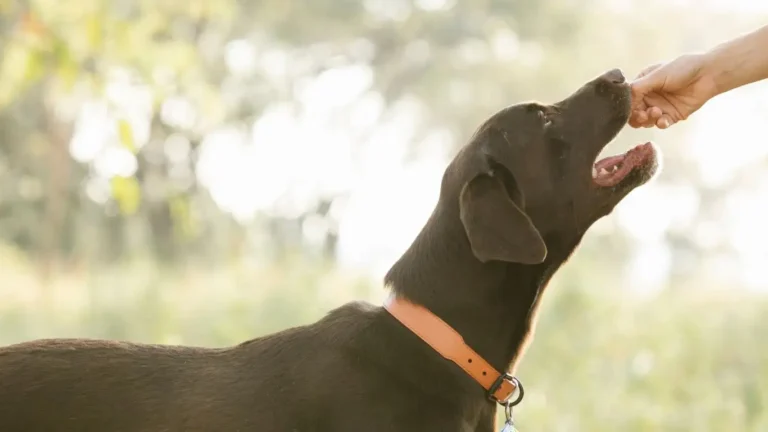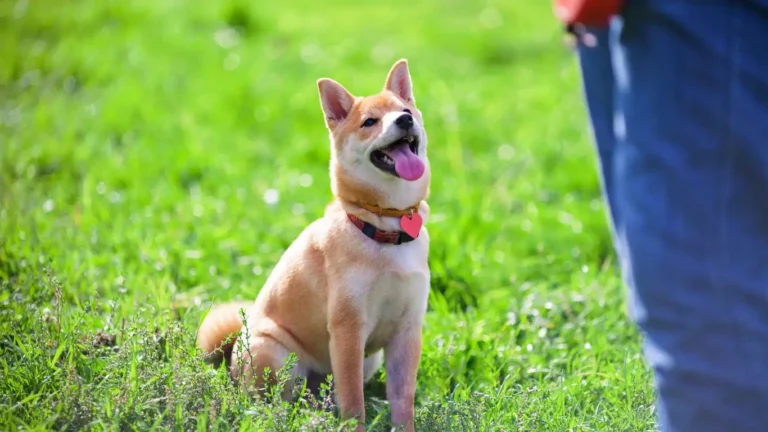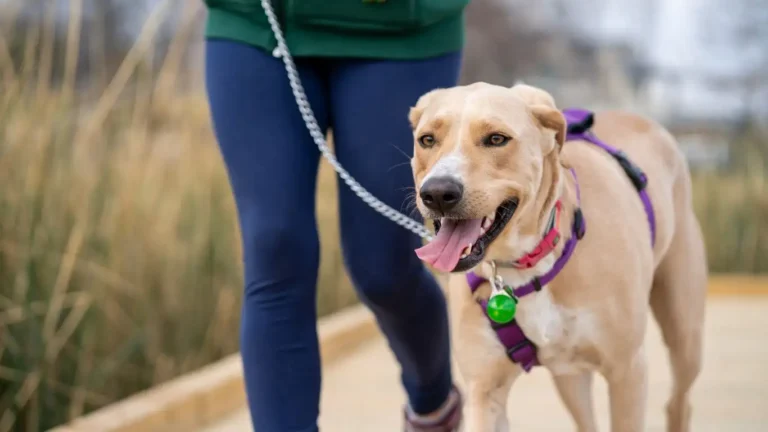How to Train a Dog to Stop Rolling in Mud Fast: Avoid the Mess
As a Canine-Assisted Therapy Trainer, I’ve worked with countless dogs who have a knack for finding the muddiest spots in the yard. It’s a challenge, especially if you’re trying to keep your dog clean and healthy. One of the most common questions I get from pet owners is: “How do I train a dog to stop rolling in mud?” Well, you’re in luck! In this article, I’ll be sharing my personal insights and tips on how to solve this messy problem in a way that’s effective and stress-free—for both you and your dog.
Understanding Why Dogs Roll in Mud
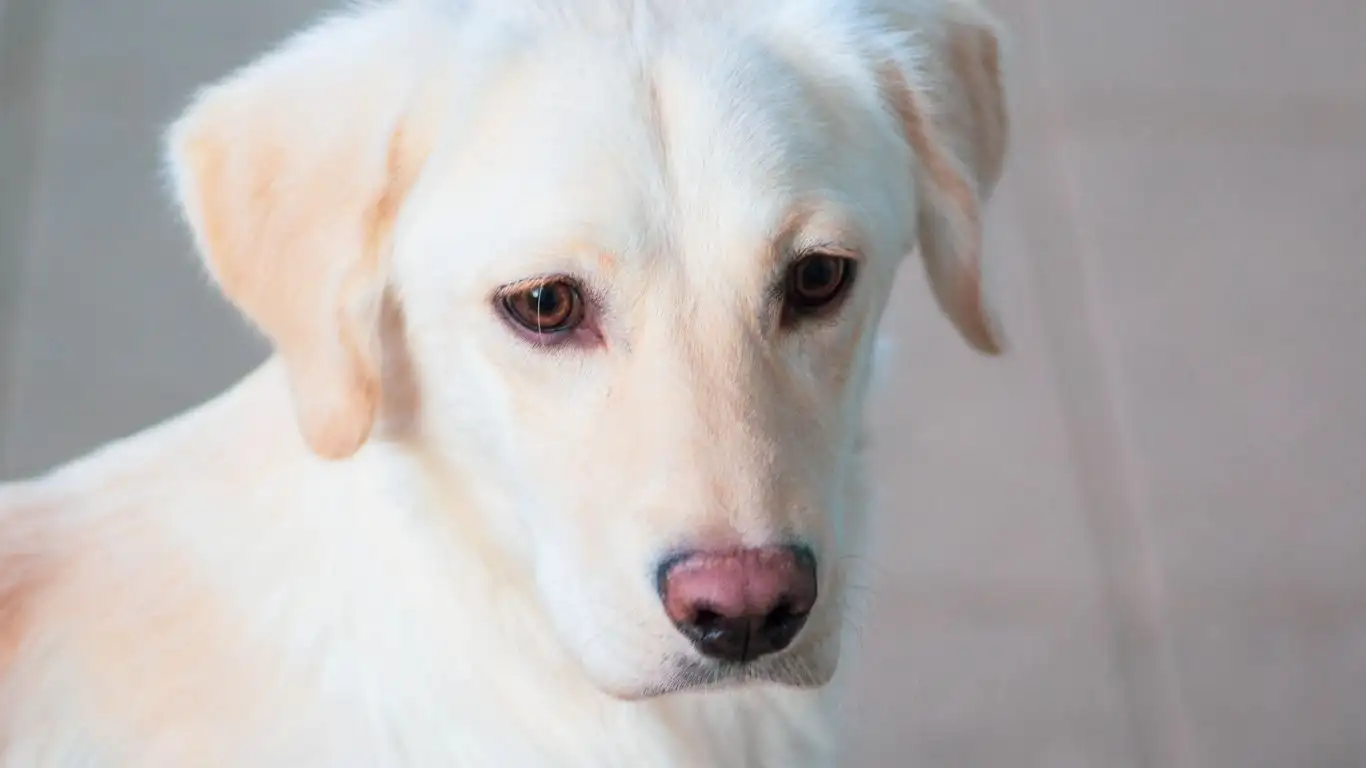
Before diving into training, it’s important to understand *why* dogs roll in mud in the first place. Many dog owners are frustrated by this behavior, but it’s often part of their natural instincts. Dogs love to roll in scents, whether it’s mud, dirt, or something else they find outside. The mud may seem like an odd choice, but dogs have an acute sense of smell, and by rolling in it, they’re marking their territory or simply enjoying the earthy sensation. In some cases, it’s also an expression of sheer joy and freedom.
From a training perspective, it’s essential to consider this behavior not as a ‘bad habit’ but as something the dog is instinctively drawn to. Recognizing that this behavior is natural helps us create a more understanding, less punitive approach to training.
Factors That Contribute to Mud Rolling
Several factors can contribute to your dog’s love for rolling in mud. Here are a few common reasons:
- Breed tendencies: Some breeds, like retrievers, hounds, and terriers, are more likely to indulge in mud-rolling because of their instinctual behaviors.
- Unmet exercise needs: If a dog isn’t getting enough exercise or mental stimulation, they might resort to mud rolling as an outlet for pent-up energy.
- Temperature regulation: Mud can help cool down your dog if they’re overheated, as it can have a soothing effect on their skin and body temperature.
- Exploration and playfulness: Dogs often roll in mud simply because they love to explore and have fun outdoors.
How to Train a Dog to Stop Rolling in Mud
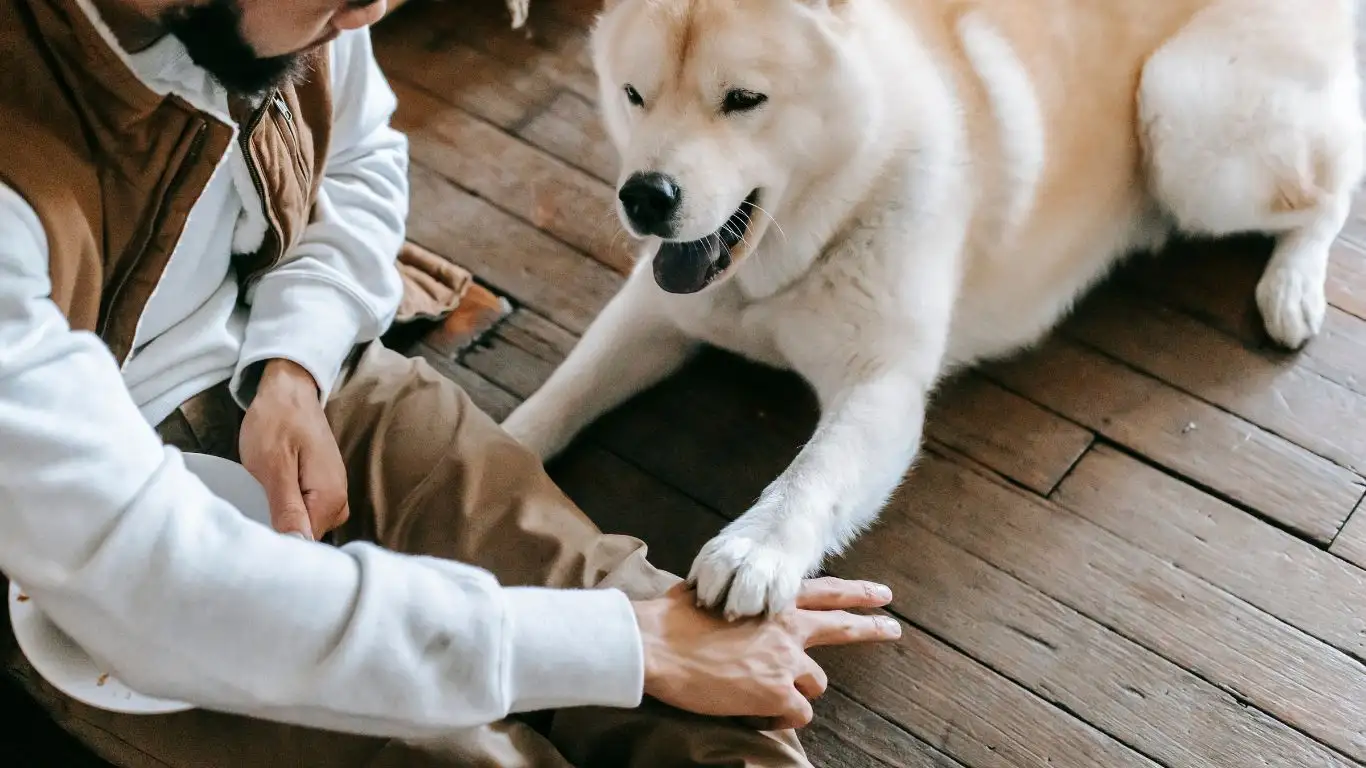
Now that we know a little more about why dogs roll in mud, let’s talk about how to train them to stop doing it. As someone who trains therapy dogs, I can tell you that consistency, patience, and positive reinforcement are key when trying to alter this behavior.
1. Teach Basic Commands to Gain Control
Before you can stop your dog from rolling in the mud, it’s important to have control over basic commands like “sit,” “stay,” “leave it,” and “come.” These commands will form the foundation for more complex behaviors, including stopping your dog from rolling in the mud.
Start with short training sessions in a quiet, distraction-free area. Use treats, praise, or toys as rewards. Be patient and don’t rush the process. Once your dog has mastered these basic commands, you can begin applying them in situations where they might be tempted to roll in mud.
2. Redirect the Behavior with Fun Alternatives
If your dog rolls in mud out of boredom or because they’re trying to cool off, one of the best things you can do is offer them an alternative. Dogs love fun and engaging activities, so why not replace rolling in mud with something more enjoyable?
Take your dog for walks, play fetch, or provide stimulating toys that engage both their mind and body. For example, puzzle toys or interactive games can redirect their focus and energy away from rolling in mud. A tired dog is far less likely to get into messy situations!
3. Create a Designated Muddy Area
It might sound a bit counterintuitive, but one approach is to designate a spot in your yard where your dog is allowed to roll in the mud. This can help them associate certain areas with muddy fun while also keeping the rest of your yard clean. Gradually, you may find that your dog’s tendency to roll in mud outside of this designated area diminishes as they learn where they’re allowed to get dirty.
Consistency Is Key
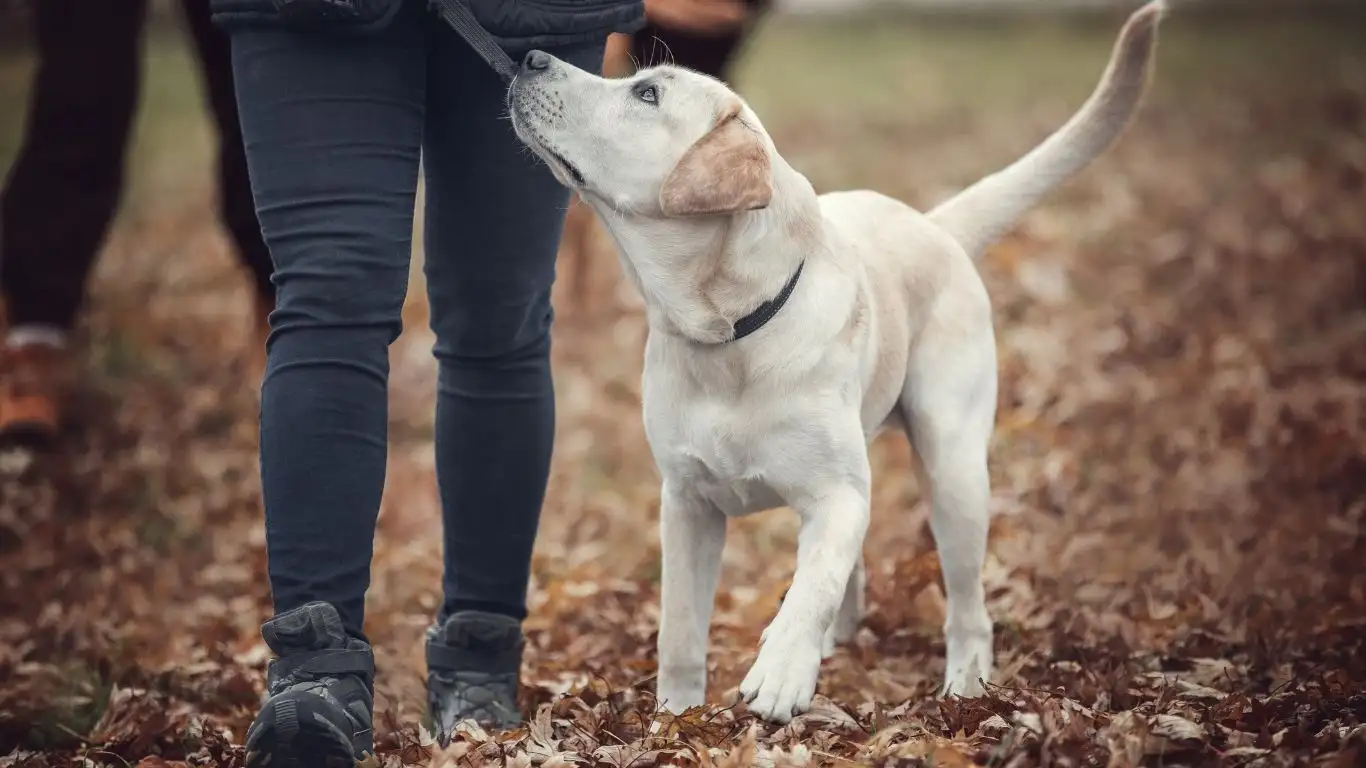
Training your dog to stop rolling in mud isn’t something that will happen overnight. It requires patience, consistency, and a little creativity. The key is to *stay consistent* with your training techniques and reinforce positive behaviors. Whether you’re using redirection, offering alternatives, or establishing boundaries, be sure to stick with it and offer lots of praise and rewards when your dog follows your cues.
Throughout the process, it’s important to remember that training takes time, and setbacks are completely normal. If your dog takes a step back and rolls in mud again, don’t get discouraged. Instead, treat it as a learning opportunity and go back to reinforcing your training techniques.
Understanding Your Dog’s Needs and Personality
Each dog is unique, and their reasons for rolling in mud may differ. Some dogs may roll in mud because they’re trying to communicate something, like needing more attention or exercise. Others might do it simply because it’s fun! Understanding your dog’s individual needs and personality is critical to successfully training them to stop rolling in mud.
As you continue training, keep in mind that fostering a strong bond with your dog is just as important as the behavior you’re trying to change. Dogs are sensitive creatures, and they respond best to positive, encouraging reinforcement. And, of course, make sure to give them plenty of love and attention along the way!
Preventing Mud Rolling During Walks
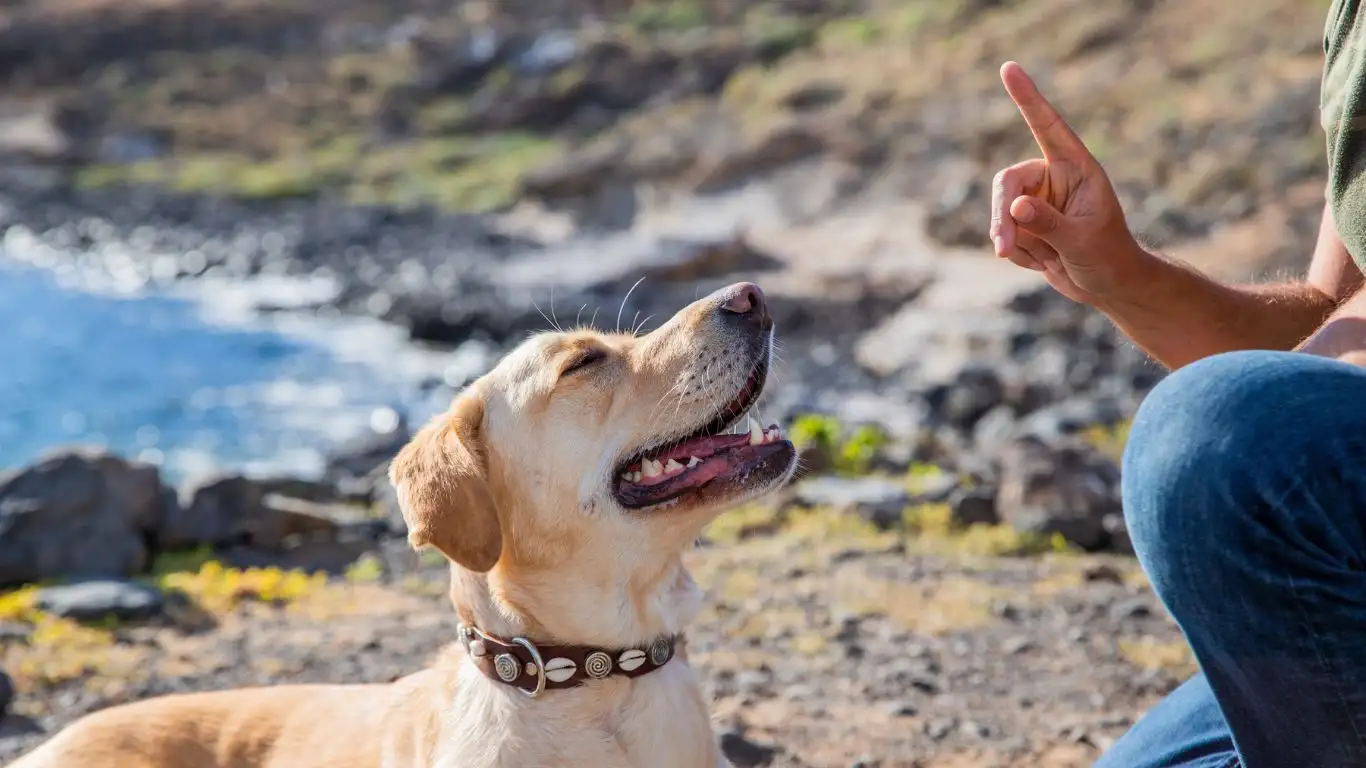
One of the most effective ways to curb your dog’s muddy behavior is to prevent them from even getting the chance to roll in the mud. When taking your dog for walks, be proactive in avoiding areas with visible mud or puddles. Of course, this can be easier said than done, especially if you’re walking in places like parks or nature trails, where mud is a common feature.
Here’s a trick I’ve found useful: Before heading out on a walk, pay close attention to your dog’s body language. If they start sniffing the ground intensely or show signs of wanting to explore a potential muddy patch, redirect their attention with a quick “leave it” command or call their name in an upbeat tone to grab their focus. It’s all about timing and being proactive. When they listen to your cue, reward them with praise or a treat right away. It will help them associate staying clean with positive outcomes.
Adjusting Walks to Prevent Mud Rolling
Sometimes, simply altering the way you approach walks can prevent muddy mishaps. Consider changing your walking route, especially if your usual route involves passing through areas where your dog is more likely to encounter muddy terrain. Stick to paved paths, avoid damp fields, and take extra care if you’re walking in places with unpredictable weather.
If you’re walking in your backyard or around your neighborhood, watch for changes in the environment that might tempt your dog into mud. After a rainstorm or during springtime when the ground is softer, your dog may be more inclined to dive into any muddy puddle they spot. If you can avoid these areas or take a longer route, you’ll have a better chance of keeping your dog clean.
Training Tools and Techniques to Reinforce Clean Behavior
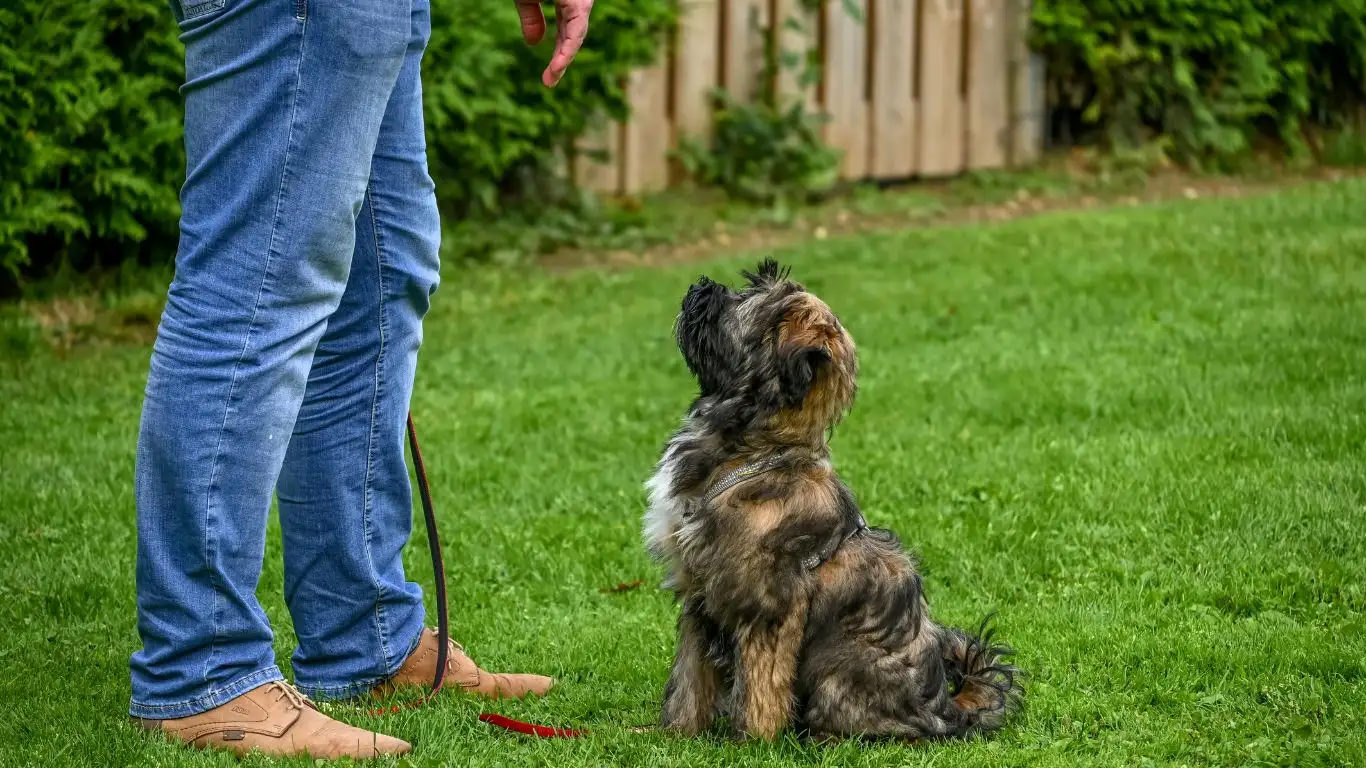
Training your dog to avoid rolling in mud is much easier when you have the right tools and techniques. Positive reinforcement is essential here, as it helps your dog learn that good behavior leads to rewards, and messy behavior gets no attention. That’s where training tools come into play.
Harnessing the Power of a Long Line
If you’ve ever had a dog that seems to ignore you completely when they see something interesting (like a muddy patch!), then a long training line can be a game changer. A long line allows you to give your dog some freedom while still maintaining control. This tool is especially useful for outdoor training, where you can teach your dog to stay close and avoid rolling in mud while still letting them experience the outdoors.
With a long line, when your dog starts to make a beeline for that tempting mud, you can gently tug them back or redirect them with a command like “leave it” or “come.” Over time, they’ll learn to associate the muddy areas with a cue to return to you. Consistency is key, but after a while, they’ll know to steer clear of those messy spots without you having to do much at all!
Clicker Training for Mud-Free Behavior
Another tool I recommend is clicker training. Clicker training is all about reinforcing the exact moment a dog does something right. When it comes to keeping your dog out of the mud, every time they choose to avoid the mess or follow your command, you can use the clicker to mark that positive behavior and reward them immediately with a treat. This creates a clear, consistent connection in their minds: mud equals no fun, but listening to you brings rewards!
What I love about clicker training is its precision. It’s a fantastic way to communicate exactly what you want your dog to do. Instead of just saying “good boy” or “good girl,” the clicker gives you an instant way to signal the right behavior, followed by a tasty reward.
Environmental Adjustments to Reduce Muddy Temptations
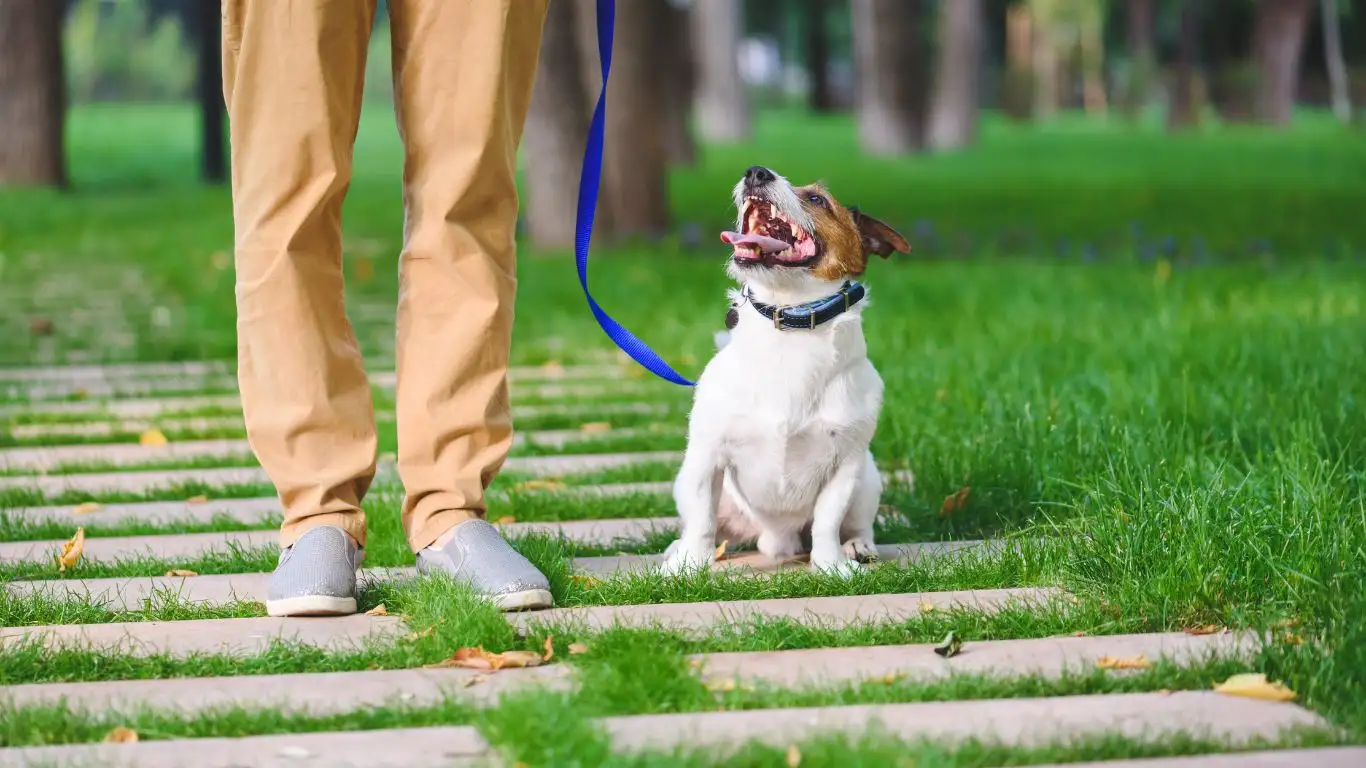
If your dog tends to roll in the mud at home, you might want to make some environmental adjustments. Changing the environment where your dog spends time can dramatically reduce the chances of a mud bath. If you have a garden or yard where your dog likes to hang out, you can take a few simple steps to keep them away from the mud.
Creating Mud-Free Zones
Start by creating designated “clean zones” in your yard, especially if your dog loves to roll around outside. Use fencing or other barriers to restrict access to particularly muddy areas. This will prevent them from wandering into spots where they could get covered in dirt.
Consider also installing dog-friendly surfaces like gravel or turf in areas where your dog loves to play. This will give them a space to run around without the temptation of getting dirty in the mud. For areas that still get muddy, such as around trees or garden beds, you can use landscaping materials like mulch or stones to absorb the moisture and reduce the likelihood of mud splashing up.
Providing Shade and Shelter
Sometimes, dogs roll in mud to cool off, especially during warmer months. If your dog tends to get overheated, make sure they have access to plenty of shade and a comfortable resting area away from the sun and heat. A shaded spot, a dog house, or even a cool mat can help prevent your dog from seeking out mud as a way to regulate their temperature.
By providing ample cooling options, your dog won’t feel the need to roll in the mud to cool off. This simple change can make a big difference in preventing the muddy behavior, especially during hot days.
Maintaining Clean Habits Over Time
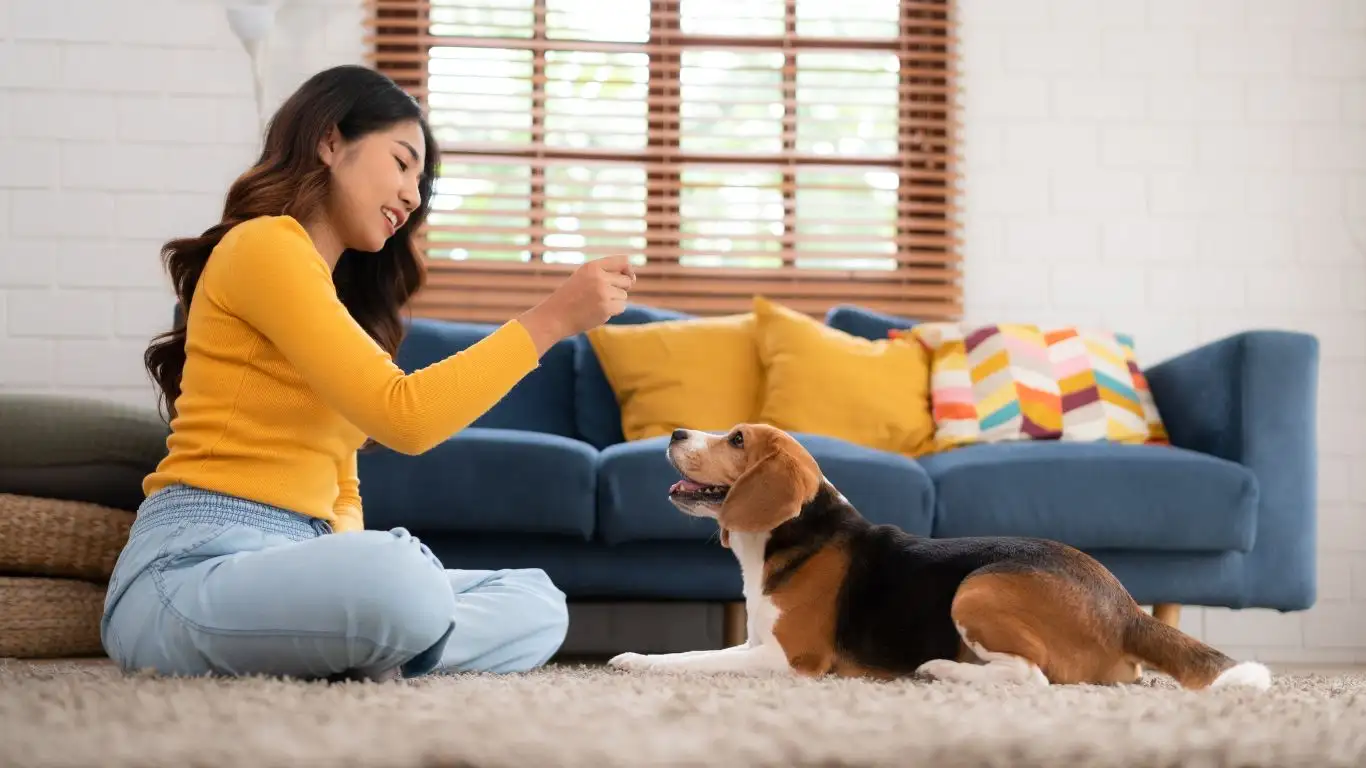
By this point, you’ve probably made some solid progress in learning how to train a dog to stop rolling in mud. But let’s be real—training isn’t just about quick fixes. It’s about building habits that stick. Even after your dog starts responding positively, it’s important to stay consistent with your routine. Like I always tell new dog parents: just because your dog “knows” something doesn’t mean they’ll remember it forever unless you keep reinforcing it.
For example, one of my past therapy dogs, Luna—a sweet Golden Retriever with a serious mud obsession—went weeks without rolling in mud. But the moment I got a little relaxed on her walk routines, boom—she was belly-up in a muddy patch behind the barn. That was a reminder to me (and now to you): dogs thrive on routine. Keep up the good habits and stay one step ahead of their impulses.
Use Routine Reinforcement
Keep using the “leave it,” “come,” and other commands regularly, even after your dog seems to have “gotten it.” You don’t need to run formal training sessions daily, but sprinkle those commands into your everyday interactions. It keeps your dog sharp and makes the desired behavior second nature.
Reinforce clean behavior during fun activities too—like hikes, backyard playtime, or even social visits to the dog park. If your pup passes a muddy area and doesn’t dive in, mark that moment with praise, a treat, or play. Dogs remember what earns them the good stuff.
Building Trust Through Communication and Observation
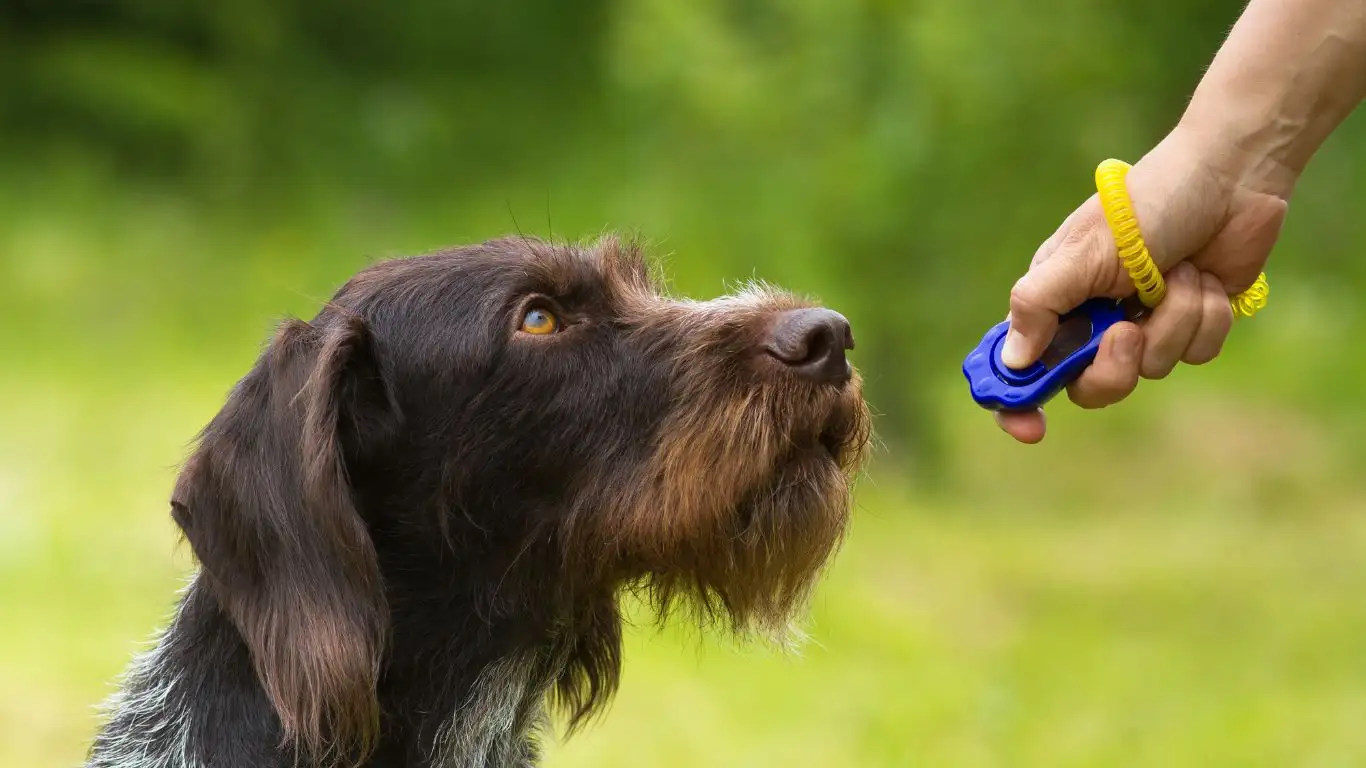
One thing that often gets overlooked in training discussions is the value of *observation*. Your dog communicates through body language all the time. The more you pay attention to their cues, the better equipped you are to intervene before they act on the mud-loving instinct.
For instance, you might notice that subtle head dip, tail wag, or focused stare right before they launch into a mud roll. That’s your moment to redirect. Say their name, toss a toy, or give a cue. Timing here is everything. It’s not just about control—it’s about communicating with your dog in a way they understand and respect.
Don’t Punish, Redirect Instead
This part is *so* important. Please don’t punish your dog for rolling in mud, even if it’s frustrating. Punishment can damage the trust you’re building and cause confusion. They won’t associate the punishment with the muddy action—they’ll just feel scared or unsure.
Instead, calmly redirect. Guide them away and immediately offer something better—a toy, a walk, or even a training session with lots of treats. Over time, they’ll learn that *clean behavior equals positive attention*, and mud doesn’t bring the fun.
Supporting Good Behavior with Grooming and Gear
Let’s talk gear. Investing in a few practical items can support your clean-training journey and make your life easier in the process. Here are a few tools that I always recommend to dog parents:
- Dog boots or paw protectors: These can discourage dogs from stepping into mud and make cleanup a breeze.
- Lightweight dog raincoats or jackets: Especially useful on muddy days—they keep the main body dry and clean.
- Portable paw washers: These are lifesavers after a walk. Quick rinse, towel dry, and no muddy paw prints indoors.
- Grooming wipes: Perfect for spot-cleaning your dog if they do get a little dirty. Keep them near the door or in your car.
Incorporating regular grooming also goes a long way. Brushing your dog’s coat daily helps you stay aware of what’s going on with their skin and fur. You’ll be more in tune with whether they’ve been into something messy—even before you see the evidence on your floors.
When to Consult a Professional
Sometimes, despite your best efforts, your dog may keep rolling in mud repeatedly. When that happens, it might be time to consult a professional dog trainer or behaviorist. A trainer can help you troubleshoot and dig into the root cause of the behavior, which may be linked to something deeper—like anxiety, lack of stimulation, or even past trauma.
There’s no shame in reaching out for expert guidance. In fact, doing so shows you’re committed to your dog’s well-being. I’ve worked with plenty of dog owners who were at their wit’s end, and just a few private sessions made a world of difference. A second pair of eyes (and hands!) can help break patterns you might not even realize are happening.
Therapy Dogs and Clean Behavior
As a Canine-Assisted Therapy Trainer, clean behavior isn’t just a convenience—it’s a requirement. A therapy dog that rolls in mud before visiting a school or senior center? Not gonna fly. That’s why I spend a lot of time with my trainees reinforcing impulse control and environmental awareness. And you can do the same at home with a little patience and creativity.
Resources to Keep Learning
If you’re hungry for more training tips or want to dive deeper into dog behavior, here are a few trusted resources I recommend:
- American Kennel Club – Training tips, breed-specific advice, and behavior support.
- PetMD – Health-related behavior insights and veterinary-backed articles.
- Health.com – Useful for understanding how pet hygiene affects your home and health.
- NIH – Great for studies on human-animal interaction and therapy benefits.
Disclaimer
This article is based on personal experience as a Canine-Assisted Therapy Trainer and is intended for informational purposes only. It should not replace professional veterinary or behavioral advice. If your dog exhibits extreme behavior or persistent issues, consult a certified dog trainer or veterinarian.
